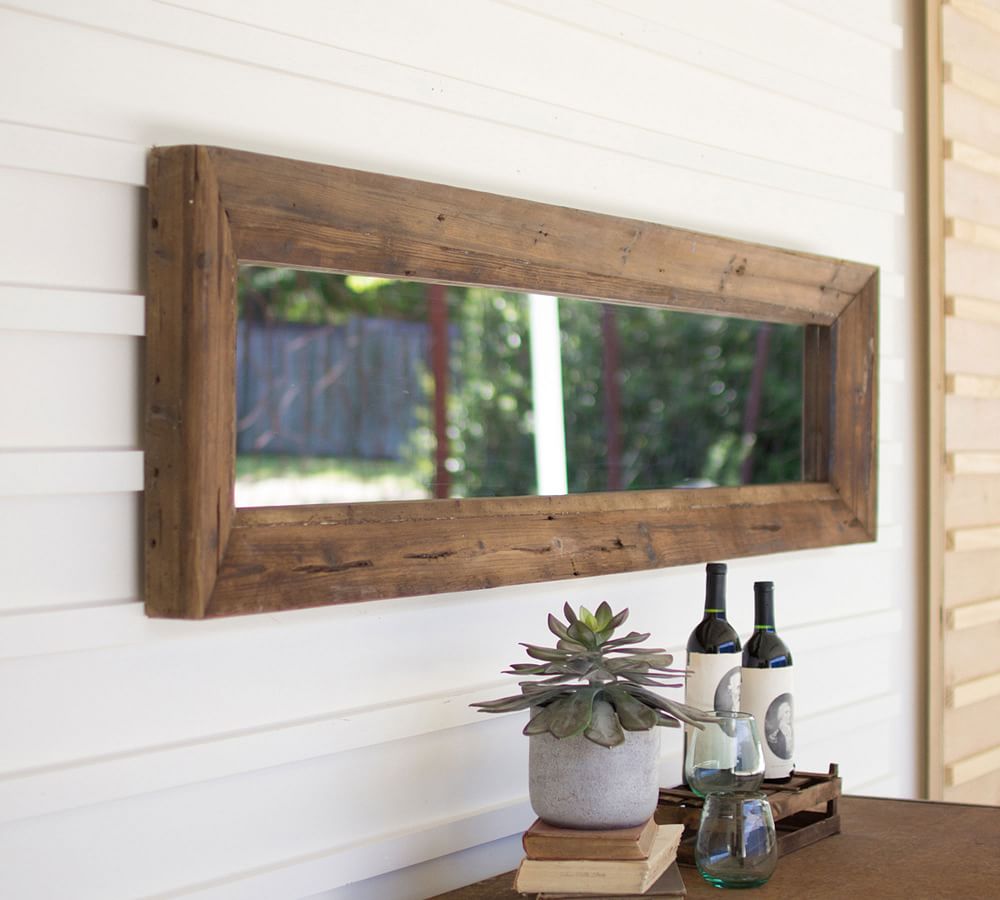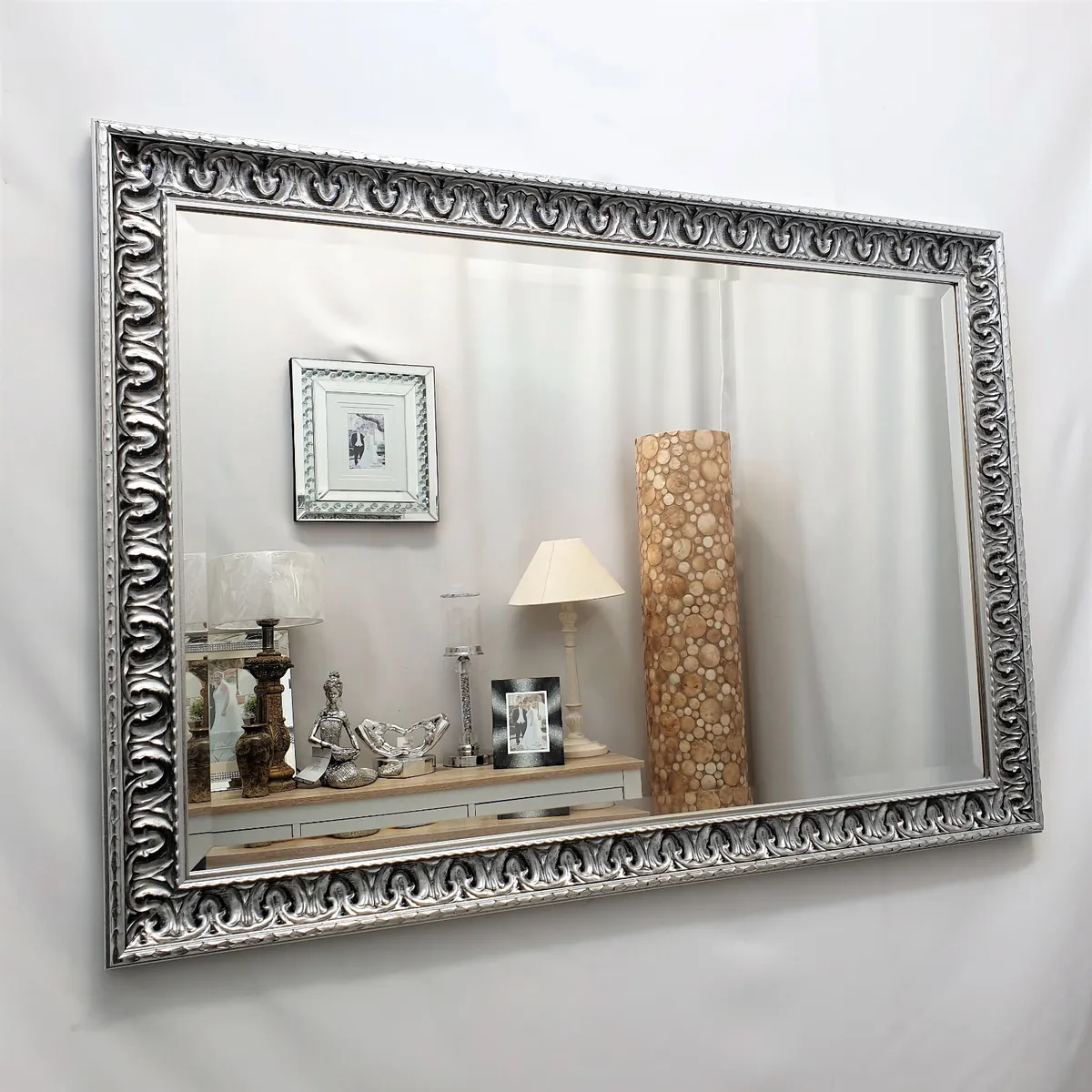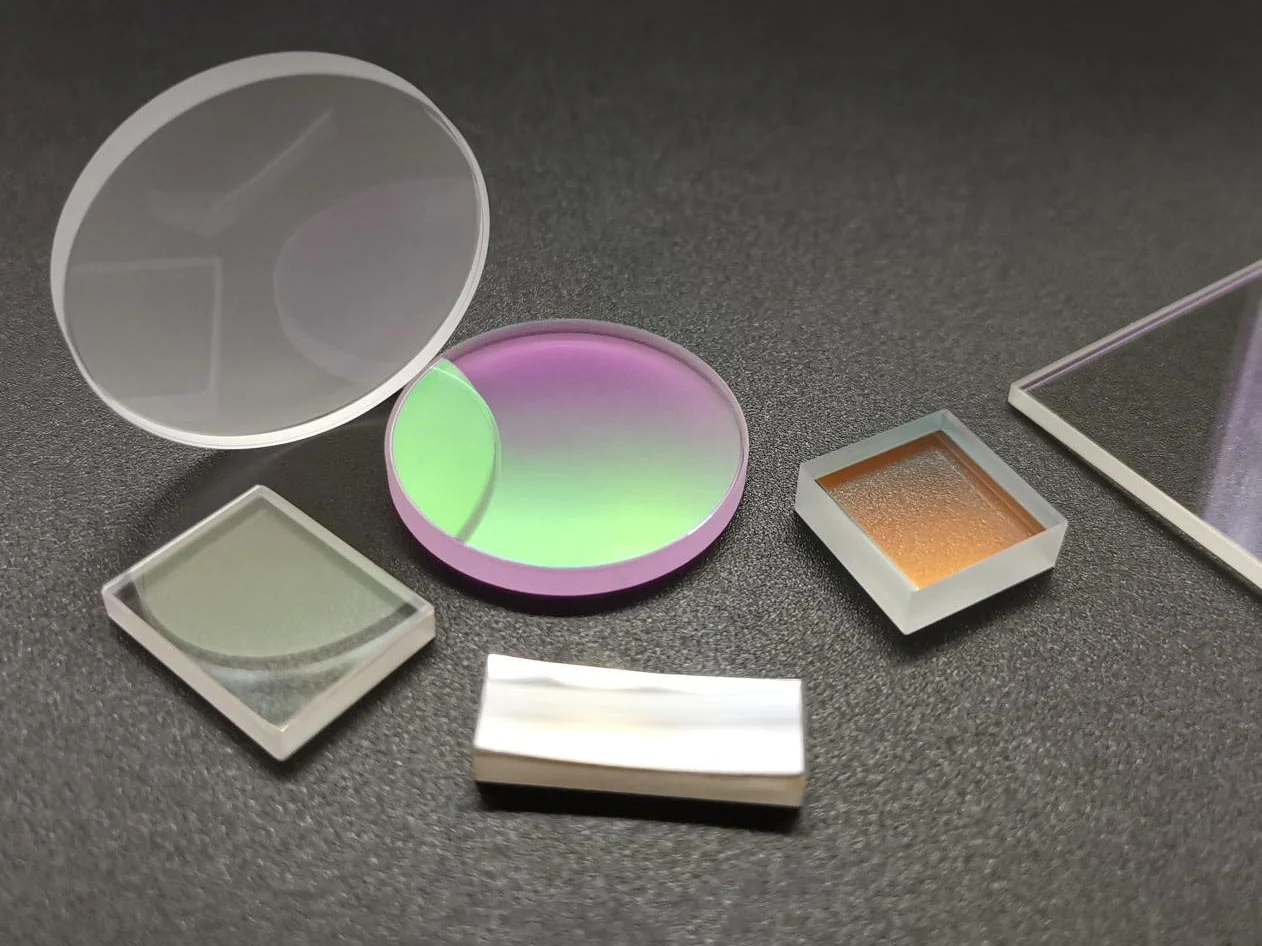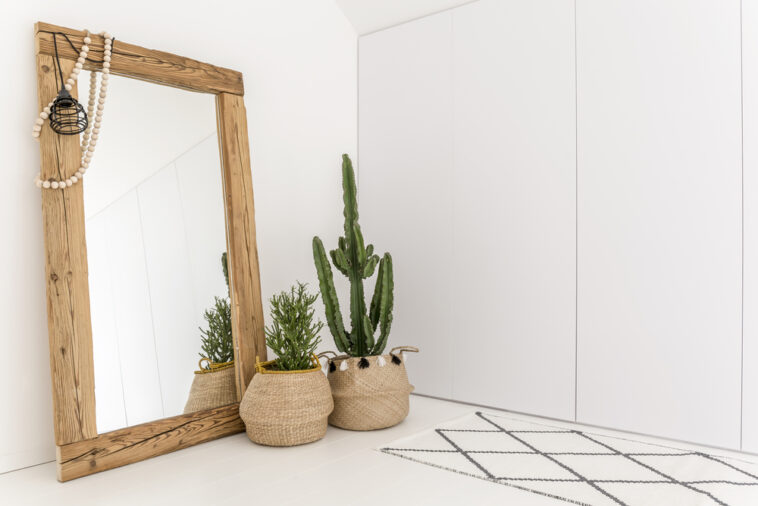Mirrors are unique in the way they bring originality and light to any décor. They can easily be added to areas as large as a full wall or as small as a decorative mirror in a bathroom or bedroom. They can be installed on their own or rely on an elaborate frame to make a statement. As you are hanging your customized mirrors and enjoying the unexpected brightness they provide, you may be wondering about the process of making such a beautiful piece of glass. Read on to find out more.
A Short History of The Mirror
People have felt the need to contemplate their reflections from the earliest times in history. Sometimes the clear pool of water at a tranquil lake was sufficient, at other times, people discovered that by polishing an obsidian stone they could look at their image whenever they desired, without the need of walking to find an area of standing water hit by the sun. The clarity achieved when using a polished obsidian was surprising but civilization evolved and people started to look for alternative ways to reflect their images. Gold, silver, and aluminum started being used for this purpose but it was not until around 1600 AD that the silvering process was introduced. This not only became the most popular way to make a mirror, but it remains so even to this day.
Centuries ago, people used solid bronze and then silver to manufacture mirrors. However, the final product was expensive and prone to corrosion. It was not until the 16th century that Venetian glassmakers came upon the idea of using mercury to cover the back portion of a piece of glass that they were able to obtain an almost perfect undistorted reflection.
Nowadays, the substrate of the mirror is shaped and then polished, cleaned, and finally covered with a reflective coating. Glass has become the main element in mirrors due to its transparency, ease of fabrication, hardness, and ability to provide a smooth flat finish. Mirror coatings were first made from metals such as gold, silver, or chrome but now the most popular coatings are aluminum or non-toxic silver.
Mirror manufacturers must take care to ensure that the glass is perfectly polished and that any impurity or dip is taken out to avoid having waves in the mirror. This would result in images that are distorted when reflected on them.
How Do Manufacturers Make Sure Mirrors Are Effective?

For a piece of glass to function well as a mirror, the glass sheets that are used have to be perfectly flat and durable. If the mirror is installed in a house, its thickness is very important to make sure it is strong and will last a long time. In some cases, the décor of a home calls for a curved mirror. For this, the surface must be designed in a specific way to ensure the curvature is even and equally strong throughout.
In the manufacturing process, it is essential to ensure that the mirror’s ability to focus and reflect light remains even. This is when the coating used plays an essential role in the final product’s quality.
Before a finished mirror is released for its final use, the mirror undergoes a process of quality control both by inspecting it with the naked eye and by running a portion under a special microscope to confirm there are no scratches or uneven sections.
A Step-By-Step Guide to Making a Mirror

Although it sounds simple, the process of making a mirror is complex to make sure that the final product works as expected. These are the steps that must be followed.
Cutting the Glass
The cutting and sizing of the glass are based on what the final application of the mirror will be. You may be looking to create a mirror used in the automotive industry or one that will hang on a wall. Depending on the final use, different cutting tools are used. Small mirrors can be cut using sharp pointed blades and large mirrors can be cut with a saw.
Running it Through Mechanic Grinding
Once you have the piece of cut glass, it must be run through an optic grinding machine which serves to give the glass its shape such as whether you will want to use it flat, convex, or concave. A gritty liquid is spread over the glass sheet and is run through the machine to make the sheets even.
Polishing
Up to 100 sheets of glass can be polished at once. The mechanical grinder allows for efficient polishing and takes much less time than trying to do this manually.
Coating with Reflective Materials
The polished glass sheets are then coated with a special material to ensure the reflectiveness of the mirror. This process is done with the help of an evaporator that has a large metal plate to hold the glass sheets and coat them with the appropriate material.
Mirror Is Designed
Depending on what the mirror will be used for, now is the time to pattern it according to its final application. Metal stencils are used to create a pattern in the mirror to satisfy the demand of the customer.
Dielectric Coating

The reflective layer is protected from dust by the application of a dielectric coating which also increases its durability. Gasses such as silicon nitrides and silicon oxides are used for coating the mirror.
Evaporation
Multiple evaporation coatings are also applied to the mirror with metal being evaporated at its top. If the mirror is already silvered, an opaque layer is applied to make it even more reflective.
Packing
Even though this is not a part of the mirror-making process, careful packing of the mirror is essential. A decorative mirror can either be sent to a facility where it will be finished with a particular frame, or it may be sent directly to the final user’s home where it will be installed according to specific instructions from a decorator or contractor.




